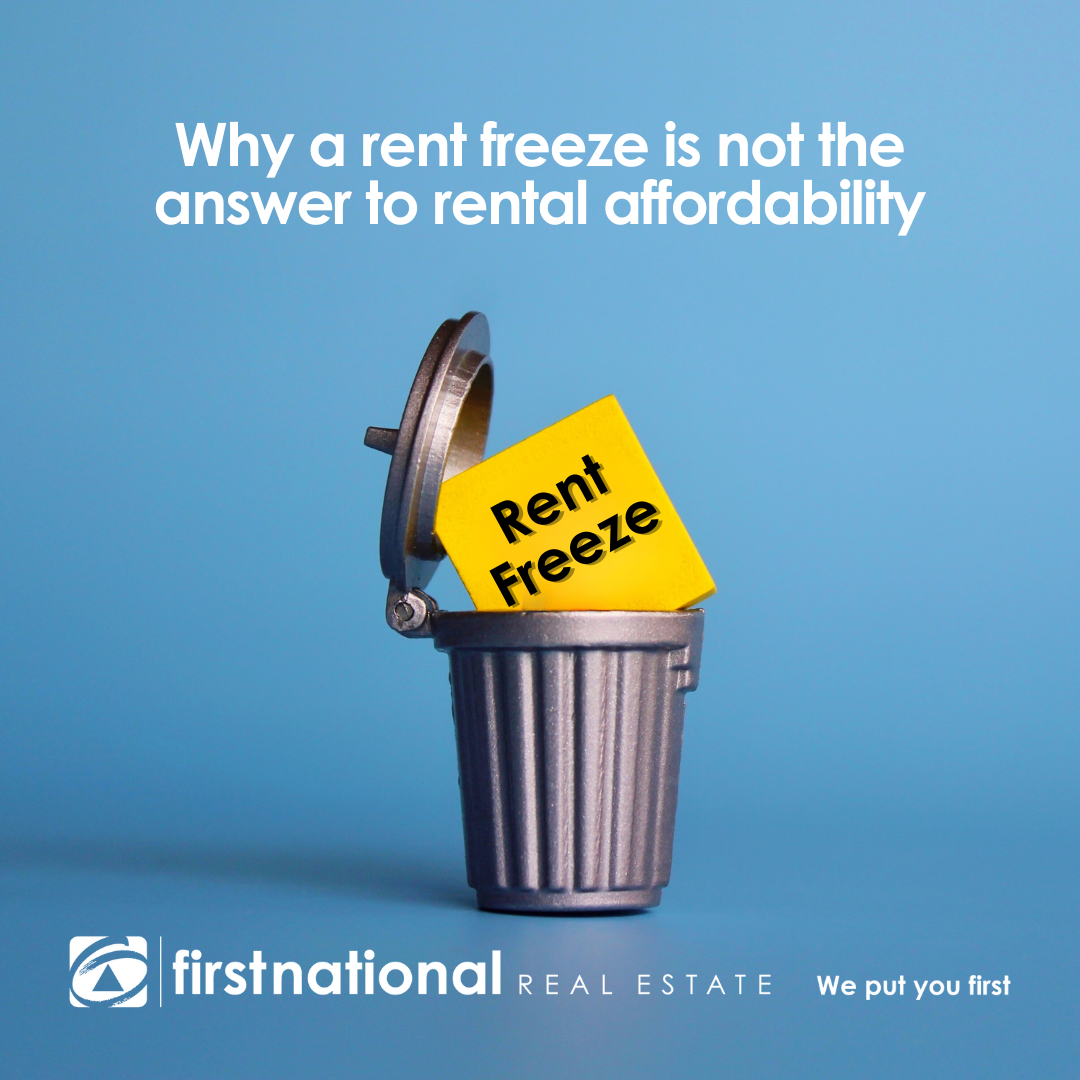
In a world where rental housing affordability and availability is a grave concern, the idea of a rent freeze offers instant appeal. With Australia currently grappling with skyrocketing rents and a shortage of available vacancies, many tenants may view such a measure as a straightforward and rapid remedy. However, though it seems counter-intuitive, this solution may exacerbate the problem, leading to worse outcomes for both landlords and tenants.
While it is easy to assume that real estate agencies might have a vested interest in rising rents, the reality is that rent controls can lead to a decrease in available properties. That’s not good for estate agents or their rental customers. Already, there are signs that Australian landlords are evicting themselves from the market in droves and, when they sell, a majority of their properties are being bought by owner occupiers. This shrinks the pool of available rentals and creates significant distress for those in desperate need of housing.
Rental properties are subject to the same laws of supply and demand as all other real estate. With our population set to grow by as much as 400,000 over the next few years and a trend towards fewer rental homes being available, the cost of rent can only go in one direction over the longer term – that’s up! So, while spiralling rents are hard enough to deal with right now, today’s pain may only be the start if state or territory governments impose rent freezes that make owning a rental property unaffordable for landlords.
A dive into the global record of rent control schemes reveals a consistent trend of failures. New York City, for example, introduced rent controls in the 1940s. However, this resulted in landlords lacking the incentive to maintain or upgrade their properties due to the limited returns on their investments. This has led to an ageing and deteriorating housing stock, with an inequitable two-tiered system of affordability emerging.
In Stockholm, Sweden, where a rigid rent control system aimed at ensuring everyone had access to affordable housing was implemented, the city ended up facing a chronic shortage of homes. The waiting list for a controlled rental apartment now stretches into decades, with a thriving black market for rental contracts exacerbating social inequities.
Paris, in its recent attempt at rent control in 2015, landlords opted to sell their properties rather than lease them due to the restriction on rent increases. This move decreased the available rental stock, paradoxically leading to increased rents due to higher demand.
Even Berlin's five-year rent freeze, introduced in 2020 to combat housing affordability issues, inadvertently deterred investment in the housing sector. This led to a slowing down of new construction and worsened the city's housing shortage. In 2021, Germany's federal constitutional court overturned the rent cap, highlighting the legal complexities that rent control measures can entail.
So why does rent control consistently backfire? Firstly, by setting rents below market rates, it discourages property improvements and new developments. Secondly, rent control can lead to inefficient allocation of housing, with some tenants consuming more housing than necessary, and those in desperate need of accommodation left with limited options. Lastly, rent control often creates a divide between those who secure a rent-controlled home and newcomers who bear the brunt of decreased housing availability and increased market rates.
As evidenced by international experience, rent control often exacerbates the problems it intends to solve. Instead, Australia needs to refocus on supply-side solutions to housing affordability. Rather than artificially suppressing rents, the emphasis should be on easing zoning regulations, streamlining approval processes, and incentivising development to increase housing supply.
The crisis Australia's tenants face won't be solved by a quick fix like a rent freeze. Instead, the long-term solution lies in building more homes. Only then can we begin to alleviate the stress and uncertainty that so many Australians are facing in the current rental market, and that’s in everybody’s interests.

